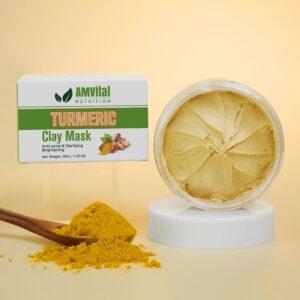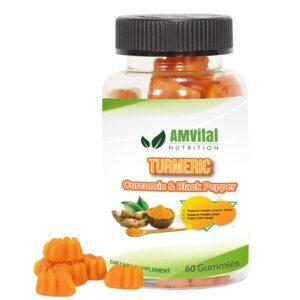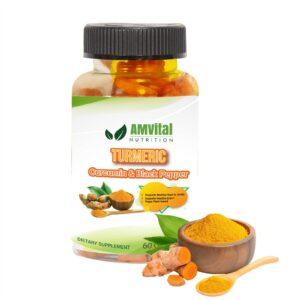Introduction
Turmeric and ginger gummies are a fun way to take your turmeric and ginger. Turmeric has been used in Asia for hundreds of years as a medicinal herb, while ginger has also been used traditionally to treat gastrointestinal distress. In this article, we review the science behind these ingredients and how you can use them together in your diet.
Turmeric (Curcuma longa) has been used in India, China, Indonesia and other Asian countries for hundreds of years as a medicinal herb and condiment. Turmeric is being studied as an alternative therapy to treat a variety of conditions, including pancreatitis, heartburn and Crohn’s disease.
Turmeric (Curcuma longa) has been used in India, China, Indonesia and other Asian countries for hundreds of years as a medicinal herb and condiment. Turmeric is being studied as an alternative therapy to treat a variety of conditions, including pancreatitis, heartburn and Crohn’s disease.
What is turmeric?
Turmeric is the spice that gives curry powder its color. It’s made from the roots of a plant called Curcuma longa Linn that grows in many parts of India and Southeast Asia. The dried root is ground into a powder or sliced into flakes or chips to add flavor to dishes such as curries or soups. You can also buy it fresh when it’s in season (usually during autumn) and cook with it yourself instead of buying it pre-made spices at the grocery store.
Turmeric is from the Curcuma family, which includes about 130 species. The most common variety is Curcuma longa.
Turmeric is a member of the Curcuma family, which includes about 130 species. The most common variety is Curcuma longa.
Turmeric has been used as a spice and dye for thousands of years. It’s part of the ginger family (Zingiberaceae), but its yellow color comes from curcuminoids—a group of chemicals that give turmeric its distinctive hue.
Turmeric contains various vitamins, minerals and phytonutrients.
Turmeric contains various vitamins, minerals and phytonutrients that are essential for the human body.
- Vitamin A: The ingredient has been shown to help protect against Alzheimer’s disease and age-related vision loss in mice. It also supports eye health by reducing inflammation in the retina.
- Vitamin C: Studies have shown that consuming turmeric increases levels of this nutrient in your body by up to 35 percent. It helps prevent heart attacks, strokes and even cancer.
- Vitamin E: This important antioxidant helps reduce inflammation throughout your body, which helps prevent cancer cells from spreading (as well as helping treat existing cancers). It also helps stabilize blood sugar levels so you don’t get diabetes or obesity related conditions like type II diabetes mellitus.* Iron: The mineral is essential for oxygen transport through the blood stream while protecting us from anemia.* Zinc: This mineral plays a role in fertility because it’s involved with sperm production; it also contributes towards healthy skin cells!
The main active ingredient in turmeric is curcumin. Curcumin is a polyphenol with anti-inflammatory properties. Due to its anti-inflammatory properties, curcumin may be helpful in reducing inflammation associated with arthritis or inflammatory bowel disease.
The main active ingredient in turmeric is curcumin. Curcumin is a polyphenol with anti-inflammatory properties. Due to its anti-inflammatory properties, curcumin may be helpful in reducing inflammation associated with arthritis or inflammatory bowel disease.[1] Turmeric has also been shown to have antioxidant properties and may help prevent damage from free radicals that can cause oxidative stress on cells.[2]
Ginger (Zingiber officinale) was traditionally used to relieve gastrointestinal distress, such as nausea and gas. Today ginger is often used for treating nausea caused by motion sickness or pregnancy.
Ginger, a spice that comes from the ginger root, has been used for centuries as a medicinal herb. In India, ginger is considered one of Ayurveda’s most important medicinal herbs and has traditionally been used to treat nausea and stomach upset. Today, ginger is often used for treating nausea caused by motion sickness or pregnancy; it may also help reduce blood sugar levels in people with diabetes.
Ginger may also play a role in lowering blood sugars and improving heart disease risk factors such as cholesterol levels. Although not all research findings support these benefits, many studies do show that ginger may help reduce nausea and pain while improving some heart disease risk factors.
Oops! Click Regenerate Content below to try generating this section again.
Conclusion
In conclusion, there are many studies showing that turmeric and ginger gummies may have health benefits. Yes, it can be good for you!







